I realized the other day that it was the 7-year anniversary of publishing my book, Be the Gateway. I posted a note about it on Instagram, and instantly had writers reply:
- “My copy is full of sticky notes!”
- “I was literally rereading it last night and appreciating it all over again. The “gateway” is such a helpful and clarifying metaphor.”
- “I’m reading it for the second time. I’m picking up things I missed the first time around.”
- “Gosh, I think it’s time to read it again!”
This was an incredible reminder to me: books are alive. They live on and find readers. And every single reader counts.
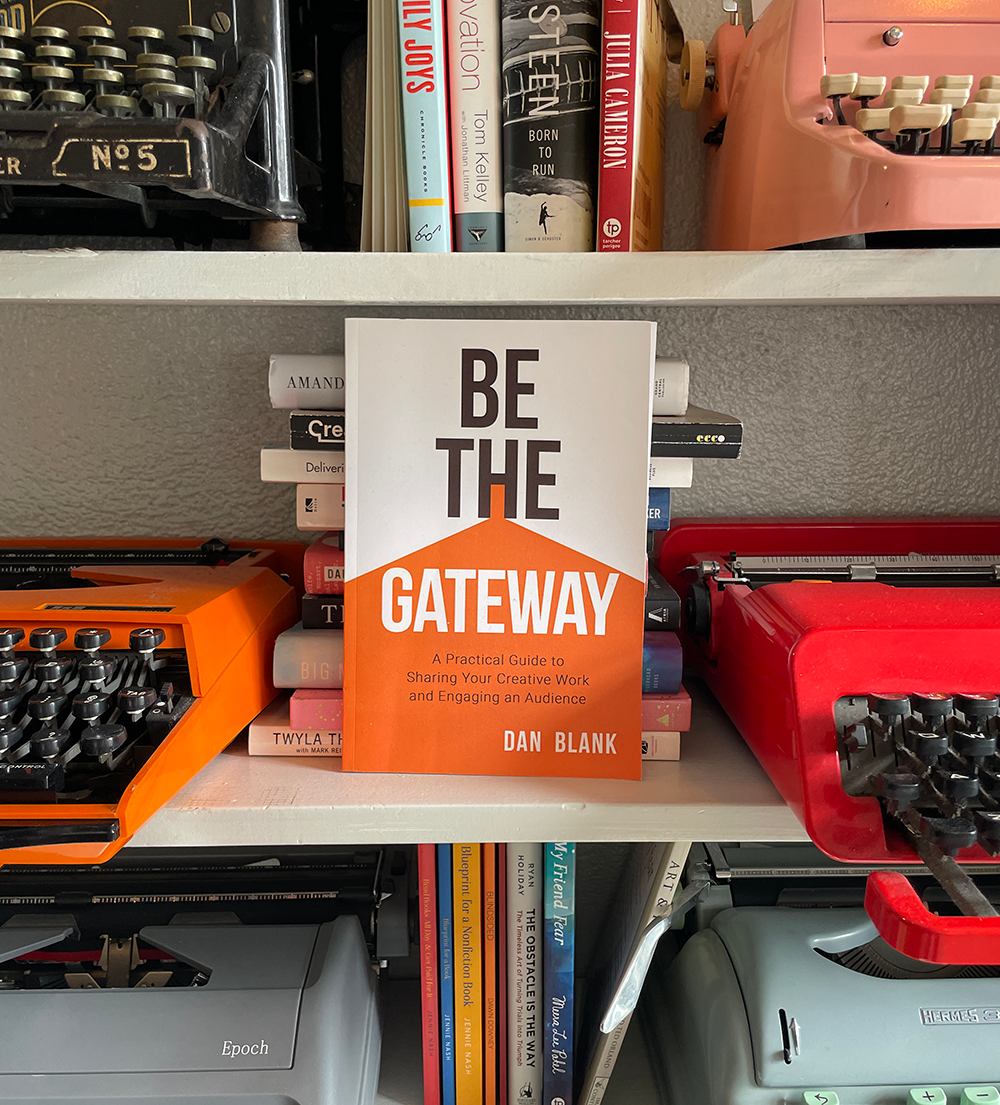
So often online, we hear stories about growing one’s platform, and there is a focus on big numbers — how many followers or subscribers they have. Something I have been considering is this: there is no “audience.” There are only individuals. The perception we see of an “audience” is simply some data about those individuals collected onto a list. And that information is so thin compared to the depth of what it means when we consider each individual.
Each person receives your writing in a manner that is completely unique to them. Of course, half of this is what you create — the words you write and how you share it. But the other half is how the reader receives it. When someone reads what you write, they bring in their own perspective, experiences, goals, and challenges.
When your intention as a writer and the perspective of the reader meet, magic can happen.
It’s not uncommon for me to be talking to a writer about their newsletter, and them saying something like, “My newsletter is not really working, I only have 60 subscribers.”
When I hear this, I think back to when I managed a bookstore cafe back in the 1990s, where we held events each week such as poetry nights, author readings, bands, and other meetups for writers and artists. 6 people (10% of 60 people) showing up to an event really mattered. 20 people showing up was a pretty full room. 30 meant every seat was taken, and you couldn’t move around the room it was so crowded. 40 people meant they were flowing out the door.
We are still only 2/3 of the way to 60 people. Yet nowadays, it’s not uncommon for a writer to dismiss 60 people subscribing to their writing, citing it as a failure. But these are the people who appreciate what you write. Each of these readers matters. Even if you justify that 90% of this list are not really superfans of your work, what if 10% are? Those 6 people showing up means something. And much like that bookstore cafe in the 1990s, it begs the question, can those 6 people become 7? Then 8. Then, slowly, 20 people. And then, spilling out the door.
For a Substack newsletter, even if I send mine at a certain time, it may be opened and read by different people in different ways:
- Dawn, 68 years old in Missoula, Montana opening it at 11am her time, and bringing her own lived experience, goals, things she is worried about, and the context of her day to how she reads it. She’s a memoir writer who has followed my work for years, and loves my message.
- Catherine, 42 years old in Bath, UK, opening it at 7pm her time, reading it after a long day of work, helping to get her 2 kids ready for bed, dealing with a broken dryer, and getting ready to write for a 1/2 hour. She’s a first time novelist, and while she has subscribed for a few months, has only had time to read two of my messages, and is still getting to know what my writing is about and how it may align with her goals.
- Robert, 54 years old in Tempe, Arizona, reading my email after reading seven other newsletters, while also listing to a podcast. He’s skeptical of marketing, feels he’s heard it all before, and got on my email list almost accidentally. He’s frustrated that is writing isn’t reaching more people, and tired of people telling him ideas he feels he thought of years ago. He prides himself on being a skeptic.
Each of these people is their own universe. Even though Substack will tell me the size of my “audience,” each individual receives it in their own unique way.
I’ve considered this when standing amidst 50,000 people, most of whom are singing along word for word with Bruce Springsteen on stage. Back in 2012, I sat on the pavement for 12 hours waiting to get into one of his concerts, with the goal of getting a spot close to the stage. Here is a moment when the entire audience is singing along to Bruce on stage:
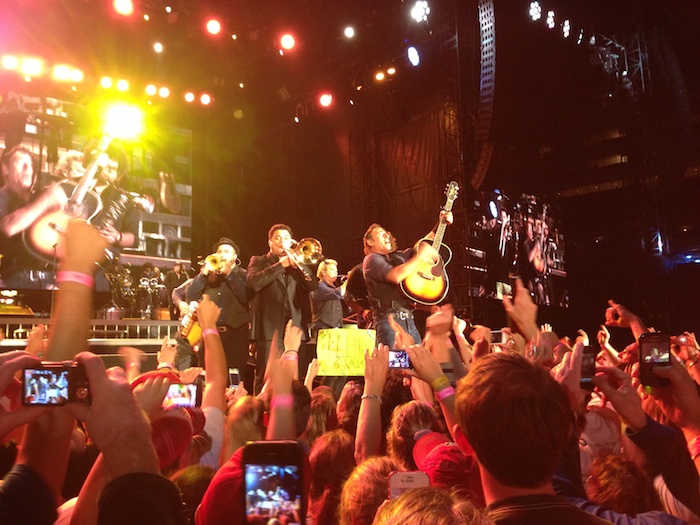
Turning around, look at the size of this crowd:
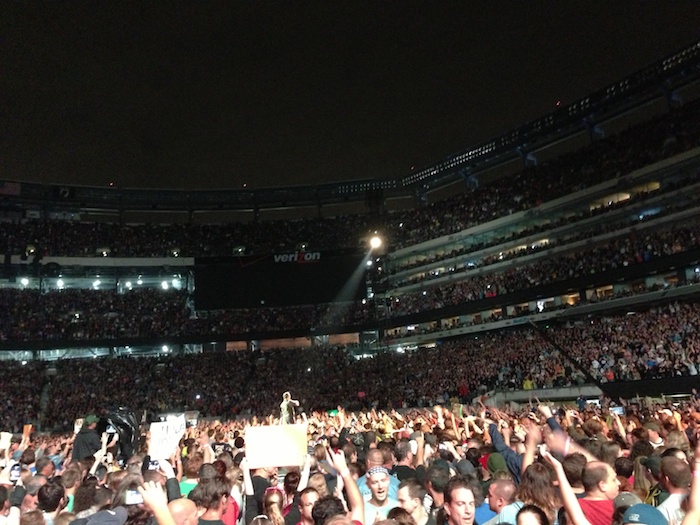
Yes, we are each singing the same words. But to each of us, they mean something different. Songs about failed prospects, big dreams, lifelong loves, loss — each person has their own worldview and life experience in their minds. Without question, something is happening with all of these people together, but there is also something happening separately. Bruce himself explained this well in a 2012 New Yorker interview:
“We hope to send people out of the building we play in with a slightly more enhanced sense of what their options might be, emotionally, maybe communally. You empower them a little bit, they empower you. It’s all a battle against the futility and the existential loneliness. It may be that we are all huddled together around the fire and trying to fight off that sense of the inevitable. That’s what we do for one another.”
Your readers see themselves in what you write. I remember working with a memoir author years ago, and her describing how nearly every conversation she had with someone about her book, ended with that person in tears. Why? Even though her book was about the death of her mother, each reader saw their own experiences while reading it. They would tell her about the death of a loved one, and how her book helped them see it more clearly. She brought half, they brought half. And for each reader, that experience was unique.
Recently I was talking with artist Megan Carty, and we discussed how her paintings can have a personal connection with the person who purchases it. She shared how birds in particular seem to be powerful symbols for people, and how someone who sees one of her paintings with a bird in it may say:
“That cardinal is my grandmother.”
Even though Megan painted it with one intention, that person saw the bird in the imagery and was confident that it clearly represented her grandmother who had passed away. Here is a sampling of some of her bird paintings, as well as current works in progress:
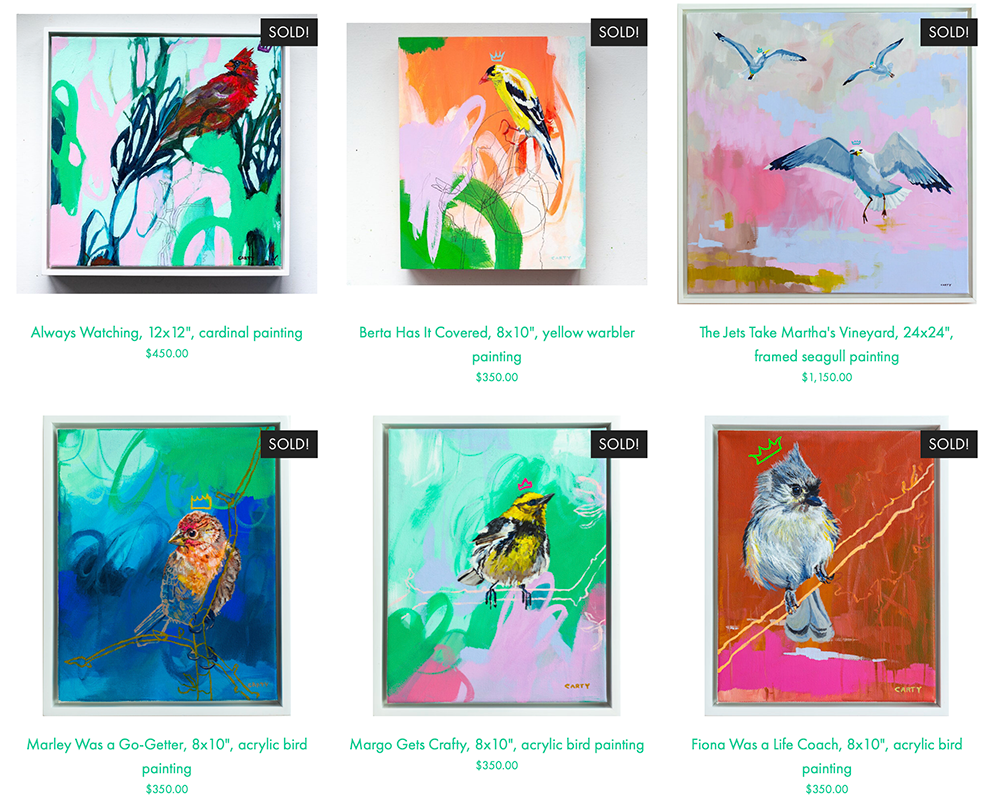

Of course, critical in this conversation is to not focus as much on “how many” people show up, but instead on “how engaged” someone is. When the focus is put too much on numbers alone — more subscribers, more followers — we forget that engagement deeply matters. To have fewer truly engaged readers matters more to your writing than a lot of people who don’t really pay much attention to what you create.
Please let me know in the comments: can you remember one moment when someone appreciated what you write, create, or share? Yes, this can be a book you published, but it can also be something you shared on social media, or a conversation you had. Tell me anything about what you remember about that moment, and why it was special.
For my paid subscribers this week, I shared another behind the scenes tour of my studio, this time focusing on specific changes I’ve been making to make creating and sharing even easier. You can get a preview here, and become a paid subscriber if you like:
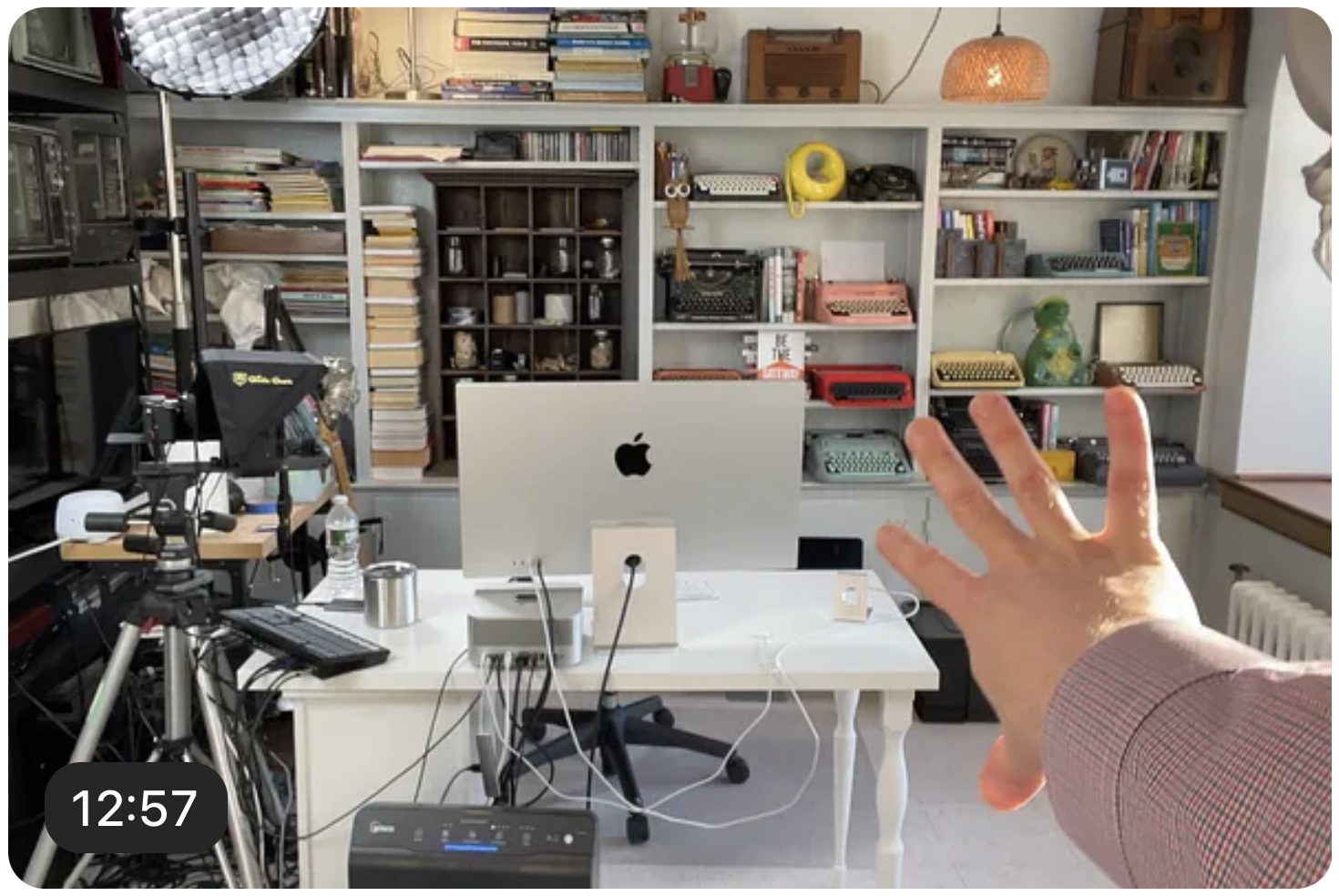
Thank you for being here with me.
-Dan
